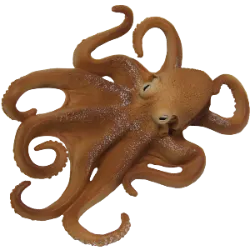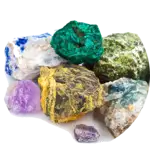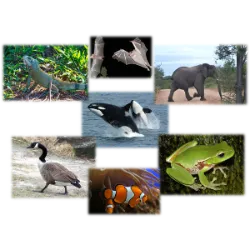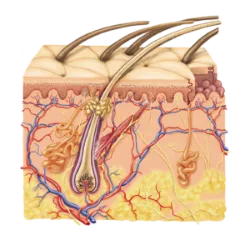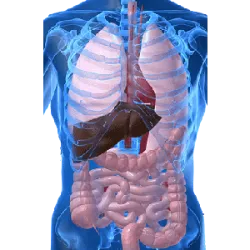La mayor parte de la fauna del mundo
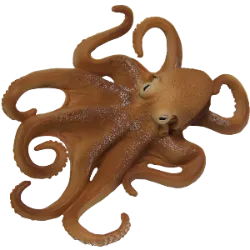
Invertebrate Animals they are responsible for enormous diversity in the animal kingdom, representing the majority of existing species. Without a spinal column, these animals occupy a wide variety of habitats, playing essential roles in nature, such as pollination, decomposition and pest control.
Main Invertebrate Groups:
Invertebrates are divided into several groups, with emphasis on insects, molluscs, arthropods and cnidarians. Insects, with more than 10 million species, are essential for the pollination of plants, including those that generate essential foods. Mollusks, such as octopuses and snails, have soft bodies and, in many cases, protective shells.
Common Features:
These animals have characteristics such as the absence of a spinal column and skull, a body made up of several cells, and heterotrophic nutrition, that is, they depend on other living beings for food. Most reproduce sexually and have varied respiratory systems.
Ecological Importance
Invertebrates are essential for the health of ecosystems, with vital functions such as pollination, decomposition of organic matter and control of pest populations. However, many face threats due to pollution and habitat destruction.
The Natural Filters of the Oceans
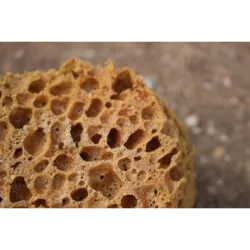
Poriferans, popularly known as sea sponges, are the most primitive invertebrates in the animal kingdom and play a vital role in aquatic ecosystems. Living attached to marine substrates, these organisms have a body permeated by pores, which give them their name.
Natural Operation
Porifers filter water through their pores, capturing microscopic food particles and helping to purify the environment. This function makes them essential for maintaining water quality in oceans, rivers and lakes. Despite their simplicity, sponges have specialized cells that help filter and transport nutrients.
Unique Features
Body symmetry: Irregular, without a defined pattern.
Simple structure: They do not have true tissues, nervous, digestive or circulatory systems.
Reproduction: It can be sexual, with the formation of gametes, or asexual, through budding or fragmentation.
Diversity and Importance
Found in various shapes, sizes and colors, porifers range from tiny species to large sponges that reach a meter in height. In addition to being ecologically important, some species have medicinal applications, such as in the production of antibiotic compounds.
Test yourself with one of these challenges 👇
Discover some interesting facts about Invertebrate Animals
Guardians of the Oceans: Beauty and Dangers
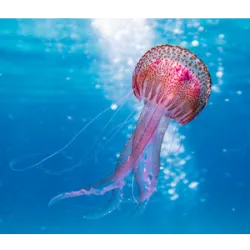
Cnidarians a group of aquatic invertebrates known for their diversity and ecological functions, are found in oceans around the world. They include species such as jellyfish, sea anemones and corals, playing crucial roles in balancing marine ecosystems.
Distinctive Characteristics
Cnidarians have radial symmetry and a simple body, with only one opening that functions for the entry of food and the elimination of waste. Its main characteristic is stinging cells, called cnidocytes, which release toxic substances to capture prey or defend itself from predators.
These cells can cause painful burns in humans, especially in jellyfish such as the dreaded Portuguese man-of-war.
Varied Life Cycle
These invertebrates have two main forms:
Polyps: Attached to the substrate, like anemones.
Jellyfish: Free, like jellyfish.
Furthermore, reproduction can be sexual or asexual, ensuring the wide dispersion of the species.
Importance in Ecosystems
Cnidarians, especially corals, form reefs that shelter rich biodiversity, functioning as nurseries for countless marine species.
Platyhelminthes: The Flat Worms
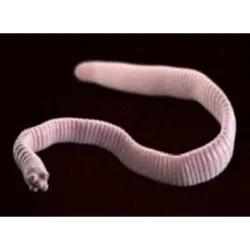
Platworms known as flatworms, are a group of invertebrate animals with unique characteristics. Found in aquatic and terrestrial environments, they can live freely or as parasites, playing different roles in ecosystems and human health.
Features
With flattened bodies and bilateral symmetry, flatworms have an incomplete digestive system, with only one opening for ingestion and elimination of waste. They do not have a circulatory or respiratory system, which makes them dependent on diffusion for gas exchange and nutrient distribution.
Diversity of Life
Free-living species: Such as planarians, which inhabit aquatic environments and humid soils, playing important roles in the food chain.
Parasitic species: These include tapeworms and schistosomes, known to cause diseases such as taeniasis and schistosomiasis in humans and animals.
Reproduction
Flatworms have a high capacity for regeneration and varied reproductive methods. Many species reproduce sexually, but some reproduce asexually, such as planarians, which regenerate after being divided.
Health Impact
Parasites such as tapeworms and schistosomes affect millions of people through inadequate sanitation and consumption of contaminated water or food.
The Cylindrical Worms That Impact Health
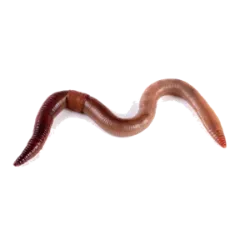
Nematelminths also known as nematodes, are invertebrate worms with an elongated and cylindrical body, widely found in different environments, including humid soils, fresh and salt waters, and even as parasites in other living beings.
Features
These worms have a body covered by a resistant cuticle and a complete digestive system, with a mouth and anus. This anatomy allows for greater efficiency in digestion and metabolism compared to flatworms.
Parasitic Species
Many roundworms are parasites and cause serious illnesses in humans and animals, such as:
Roundworm (Ascaris lumbricoides): Causes ascariasis, common in areas with poor sanitation.
Hookworms: Associated with "yellowing", they cause severe anemia.
Geographical bug: Larvae that migrate under the skin, causing irritation.
Elephantiasis (filariasis): Transmitted by mosquitoes, can lead to extreme swelling of limbs.
Ecological Importance
Despite their fame as parasites, roundworms play important roles in ecosystems, as decomposers of organic matter and regulators of microorganism populations in the soil.
The Segmented Worms
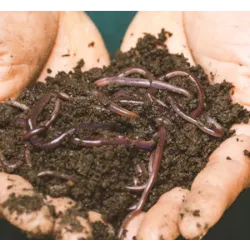
Annelids a group of invertebrate animals with segmented bodies, play essential roles in maintaining terrestrial and aquatic ecosystems. Including earthworms, leeches and other worms, these organisms live in varied habitats such as soils, rivers and oceans, and are known for their ability to improve the quality of the environment they inhabit.
Features
Annelids have bodies divided into segments, which facilitates movement and increases their efficiency in searching for food. They have well-developed digestive, nervous and circulatory systems, with closed circulation, a rare characteristic among invertebrates.
Earthworms: Soil Allies
Earthworms are iconic examples of beneficial annelids. By digging tunnels in the soil, they promote aeration, facilitating plant growth. Furthermore, they recycle organic matter, enriching the soil with nutrients and contributing to sustainable agriculture.
Leeches: Multifunctional and Controversial
Although some species of leeches are known to feed on blood, they have important medicinal uses. For centuries, they have been used in circulation treatments and even in modern therapies, such as tissue revascularization.
The Masters of Adaptation that Enchant
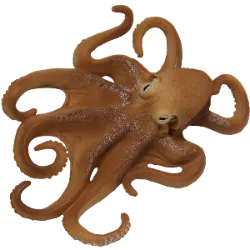
Molluscs one of the largest groups of invertebrates, stand out for their incredible diversity and ability to adapt. This phylum includes animals such as octopuses, squids, snails, slugs, oysters and shellfish, found in aquatic and terrestrial environments around the world.
Features
Mollusks have a soft body, often protected by a shell rich in calcium carbonate. Their anatomy is varied, but most have well-developed systems, such as the digestive and nervous systems. Some, like octopuses, have highly complex brains, considered among the most advanced in the animal kingdom.
Diversity of Forms and Functions
Cephalopods: These include octopuses, squid and cuttlefish. They are agile, intelligent and known for skills such as camouflage and problem solving.
Gastropods: Such as snails and slugs, they inhabit terrestrial and aquatic environments, being important recyclers of organic matter.
Bivalves: Oysters, shellfish and mussels are filter feeders, essential for cleaning water and the health of marine ecosystems.
Ecological Importance
Molluscs play crucial roles in environmental balance, recycling nutrients and regulating populations of other organisms.
Test yourself with one of these challenges 👇
HOME
